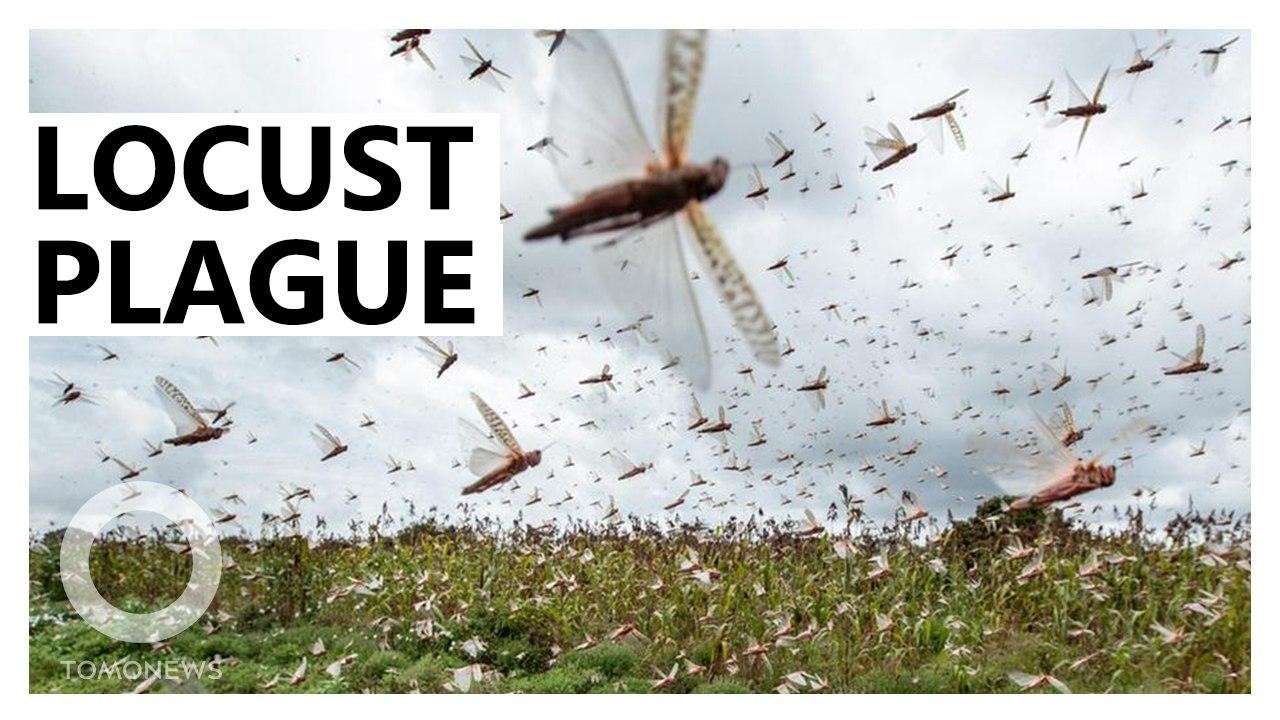New Study Reveals Cognitive Basis of Locust Swarms
New Study Reveals Cognitive Basis of Locust Swarms
Why in News ?
A new model by international researchers shows that locust swarms form based on cognitive decision-making and visual perception, challenging earlier theories. This breakthrough may help predict swarm behaviour, critical as climate change worsens breeding conditions and increases swarm unpredictability.
Shift from Physics to Cognition:
- Locusts, under certain conditions, multiply rapidly and form swarms — a process called gregarisation.
- Earlier models treated swarms like self-propelled particles, aligning mechanically.
- New findings from a study led by Iain Couzin suggest that swarming is based on visual perception and decision-making, not just neighbour alignment.
- Locusts perceive motion coherence, not crowding, to align with swarms.
Ground Research and Virtual Reality
- Researchers observed locusts in Kenya during the 2019–2022 outbreak (worst in 25–70 years).
- Sensory deprivation experiments showed vision is key; olfactory and tactile cues had little effect.
- Locusts were tested in holographic virtual reality, responding to visual stimuli in simulated swarms.
- They responded based on visual motion, even without close contact.
Implications and Climate Change Impact
- A neural ring attractor network model was developed to represent locust decision-making.
- Swarms are emergent phenomena, arising from individual actions without central control.
- Climate change has intensified rainfall and breeding, increasing swarm risks.
- Experts call for more multidisciplinary research to build predictive models and manage future outbreaks.




